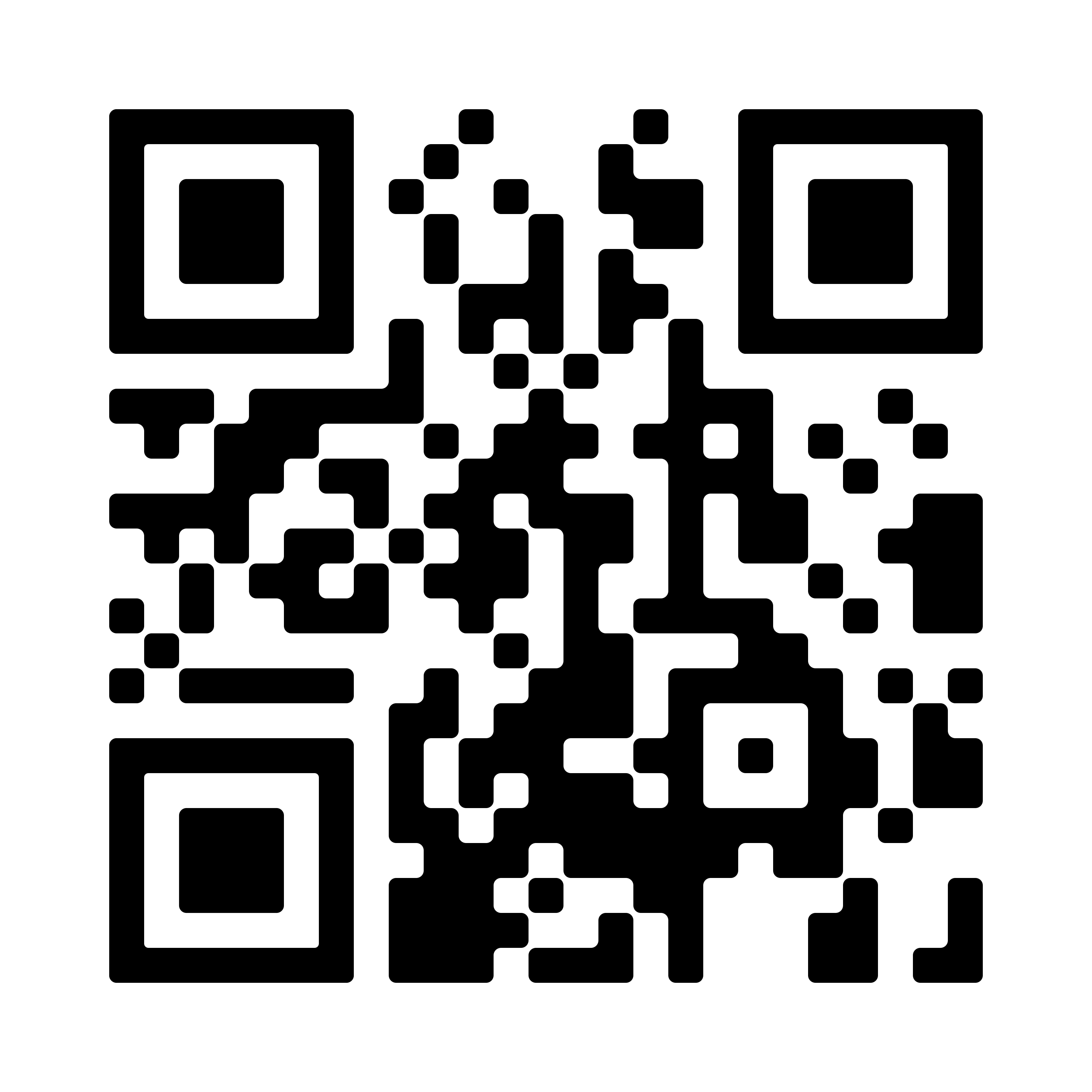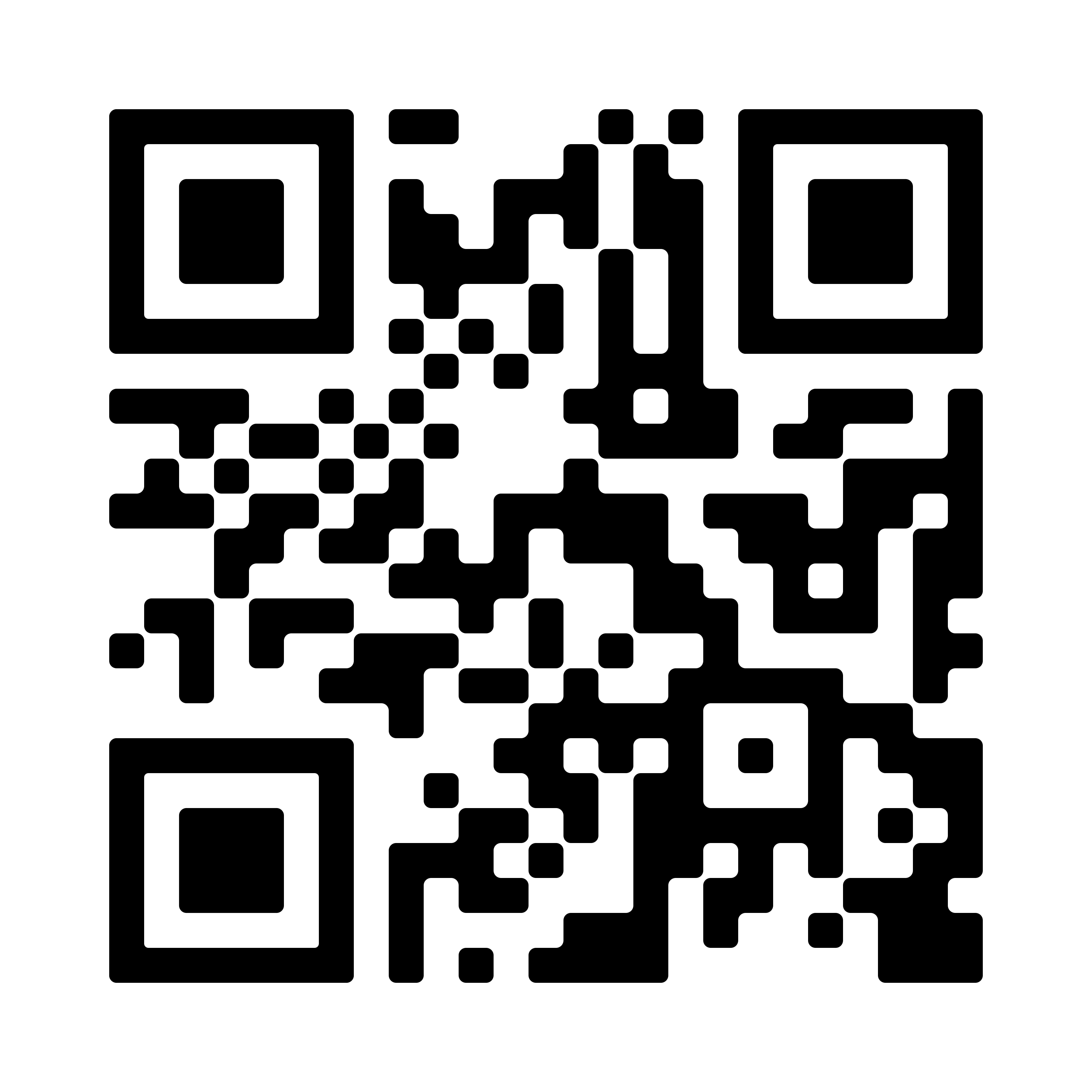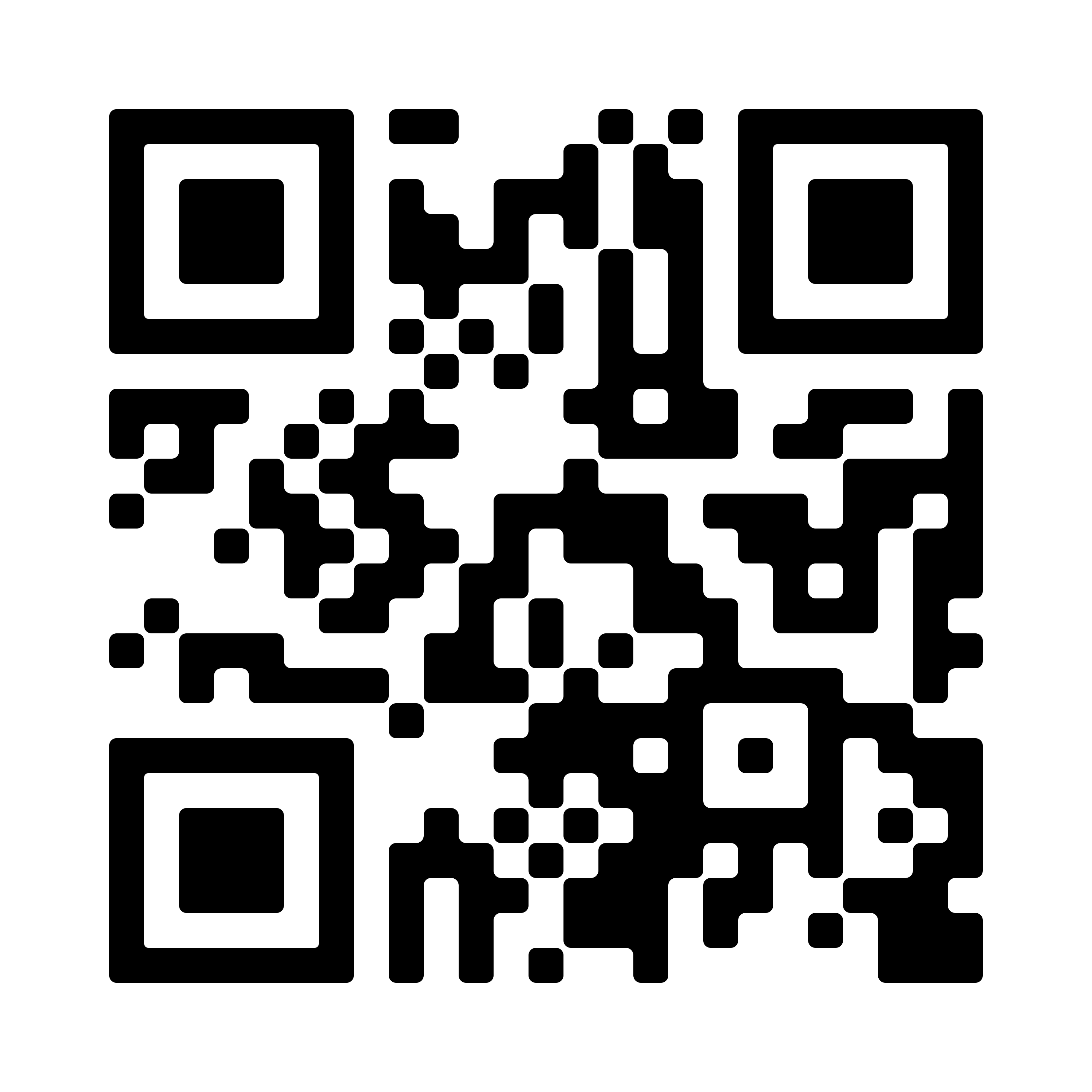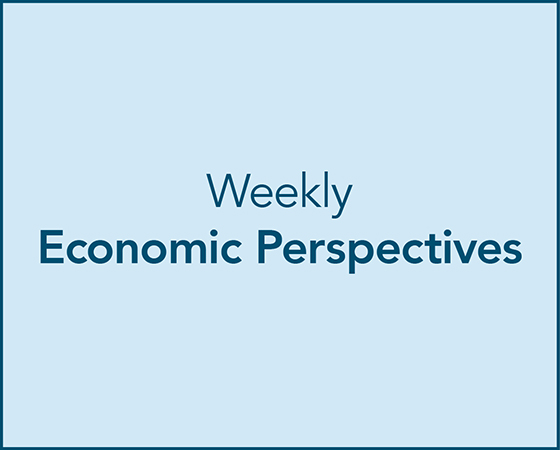Economic Summary
This week's economic data provided insights on how small businesses and consumers are feeling, business and consumer inflation, activity for mortgage applications, jobless claims, retail sales and manufacturing activity.
The week kicked off with news that small businesses became more optimistic in July as the NFIB Small Business Optimism Index rose from a reading of 98.6 in June to 100.3 in July. Even though the optimism index rose by 1.7 points, the Small Business Uncertainty Index rose by 8.0 points. Small businesses reported that their single most important problem is finding qualified labor. Consumers became less optimistic in August based on the preliminary results for the University of Michigan Consumer Sentiment Index. The index fell to 58.6 versus a 61.7 reading in July. The decline in sentiment was centered around their views of the current condition. The Current Conditions sub-index fell to 60.9 from 68.0 in July while the Future Expectations sub-index fell to 57.2 compared to 57.7.
The inflation data released was not encouraging. Headline Consumer Price Index rose 2.7% on a year-over-year basis in July. This matched the 2.7% rate in June. The Core Consumer Price Index rose 3.1%. The inflation data on its own does not support the argument of those advocating for the Federal Reserve to lower interest rates. Businesses got an unwelcome shock as the Producer Price Index rose almost 1% just in the month of July. Prices for goods rose 0.7%, while prices for services rose 1.1%. The index rose 3.3% year-over-year compared to 2.4% in June. The Core Producer Price Index rose 3.7% after rising 2.6% in June. We will have to wait for August's Consumer Price Index to see how much of the producer prices were passed onto the consumer. We also learned that Import Prices rose 0.4% for the month of July after falling 0.1% in June. Hello tariffs. Export Prices rose 0.1% after rising 0.5% in June.
Apparently, homeowners are not waiting to see if the Federal Reserve will lower interest rates because applications to refinance current mortgages surged 23% last week as mortgage rates declined slightly. The 30-year mortgage rates fell to 6.67% last week from 6.77% the week before. Applications to purchase a home rose 1.4% and overall mortgage applications rose 10.9%.
The Department of Labor reported a 3,000 decline in Initial Jobless Claims last week. Businesses are still not making any major changes in layoffs as initial claims continue to hover between 200,000 to 250,000. Continuing Jobless Claims fell 15,000. Even with this decline, the trend for continuing claims is still rising.
Consumers were still buying but at a slightly slower pace in July as Retail Sales rose 3.9% year-over-year versus a 4.3% increase in June. Non-store retailers (i.e., online retailers) and motor vehicle sales drove the increase while gasoline stations and general merchandise stores showed the biggest declines.
Finally, data on the goods producing side of the economy was mixed. The New York Federal Reserve Empire State Manufacturing Activity Index improved from 5.50 in July to 11.90 in August. Industrial Production fell 0.1% in July after rising 0.4% in June. The Manufacturing Production sub-index was unchanged.
Perspectives
This week we will examine data on banks and their standards for issuing credit cards. The data comes from the Senior Loan Officer Opinion Survey (SLOOS) that the Federal Reserve conducts. This data is only for banks since banks are the financial institutions that are members of the Federal Reserve. Credit Unions are not included in this survey. In reality, banks remain the dominant issuer of credit cards, so the SLOOS report still gives us a good picture of what financial institutions are doing with credit card standards. As of June 2025, based on the G.19 report that financial institutions must file with the regulators here is the current breakdown for revolving credit.
|
Institution |
Revolving Debt Outstanding |
Percentage of Total |
|
Banks |
$1.151 Trillion |
91.9% |
|
Credit Unions |
$85.9 Billion |
6.9% |
|
Finance Companies |
$16.1 Billion |
1.3% |
|
Total |
$1.253 Trillion |
100.0% |
Revolving debt includes other types of debt (i.e., pre-arranged overdraft lines and unsecured personal lines of credit). Based on reports that banks must file with regulators (i.e., Call Reports), credit card balances make up 92% of revolving credit. The first graph shows the outstanding credit card balances for banks. Because balances can grow because prices are increasing, not the quantity purchased, the graph has been adjusted for inflation to show inflation adjusted (real) growth. You can see that spending via credit cards has accelerated since the end of the pandemic crisis, and the total inflation adjusted credit card debt exceeds $1 trillion.
As it relates to continued consumer spending, it is important to understand if banks are becoming more restrictive in the issuance and use of credit cards. What banks monitor is whether the consumer can manage their increased use of credit cards. The first place to look is whether delinquencies and charge-offs on credit cards are deteriorating. The following graph shows the path of delinquencies and charge-offs on credit cards. What we can see is that delinquencies and charge-offs steadily declined once the Great Financial Crisis recession ended. There was also no spike in either delinquencies or charge-offs during the Pandemic Crisis recession. This was most likely due to various fiscal stimulus measures initiated to help the consumer during the pandemic crisis. Once the Federal Reserve began raising interest rates (2022), both delinquencies and charge-offs began rising. Currently, it appears that the growth in delinquencies and charge-offs peaked when the Federal Reserve began lowering interest rates in the 4th quarter of last year.
Now let us examine how banks responded during that same time period. The first area to examine is whether banks raised the minimum credit score to qualify for a credit card. This would be one of the first reactions that a bank may take if it were worried about the financial conditions of the people at the lower end of the credit score spectrum. Raising the minimum credit score requirement would prevent people below the minimum from qualifying for a credit card and should reduce the risk of delinquencies and charge-offs. You can see from the graph below that a growing percentage of banks began raising the minimum credit score when the Federal Reserve began raising interest rates. This peaked when the Federal Reserve began lowering interest rates and, currently, the net percentage of banks raising the minimum credit score is at zero. This means that on a net basis, banks are neither raising nor lowering the minimum credit score.
Another way banks can encourage or discourage people from applying for a credit card or continuing to use their credit card is to lower or raise the interest rate charged. Credit card rates do not automatically adjust to moves from the Federal Reserve. They usually move in the same direction, but if banks want people to use their credit card more, they can lower the credit card interest rate, and if they want to discourage the continued use of credit cards they may raise rates independent of what the Federal Reserve is doing. You can see from the graph below that, currently, the net percent of banks increasing or decreasing the spread of interest rates over their cost of funds is close to zero.
If banks want to encourage/discourage people from using credit cards, they can raise/lower the credit limit that can be charged on the card. The percentage of banks lowering the credit limits on credit cards was clearly rising as the Federal Reserve raised rates. Once the Federal Reserve started lowering rates, the percentage of banks lowering credit limits has steadily declined.
Finally, if banks are worried about the pace of credit card usage, they could raise the minimum percentage of the outstanding balance that has to be paid each month. You can see from the graph banks rarely use that strategy. Even where the graph spikes, the net percentage is less than 6%.
This week's information examined bank's behavior towards credit card usage. As you can see from the graphs, there are a variety of strategies that can be used to influence the use of credit cards. Currently, banks appear to have a “business as usual” approach to credit cards as the percentage of banks tightening their standards is either declining or at zero on a net basis. Given the increasing usage of credit cards, any changes taken to influence the use of credit cards will impact economic growth. Making it easier to obtain and use a credit card would most likely boost spending and making it harder to obtain a credit card or more expensive to use it would most likely slow spending.
Next week will examine the consumer side of the equation, including a breakdown of who is carrying outstanding balances and the debt burden from credit cards. This will be examined by income level, age, education, and ethnicity.
Disclosures

Steve is the Economist for Washington Trust Bank and holds a Chartered Financial Analyst® designation with over 40 years of economic and financial markets experience.
Throughout the Pacific Northwest, Steve is a well-known speaker on the economic conditions and the world financial markets. He also actively participates on committees within the bank to help design strategies and policies related to bank-owned investments.




